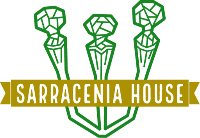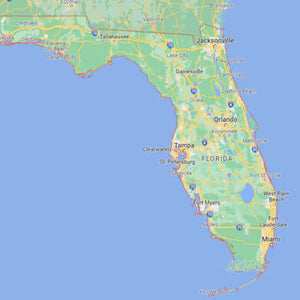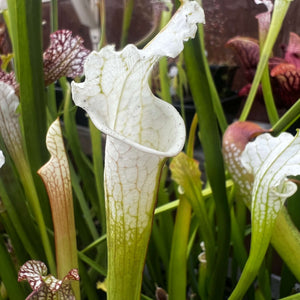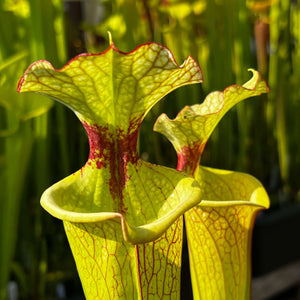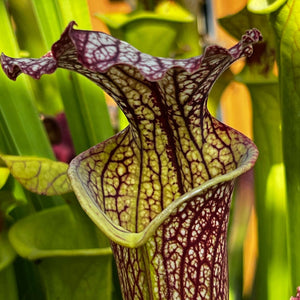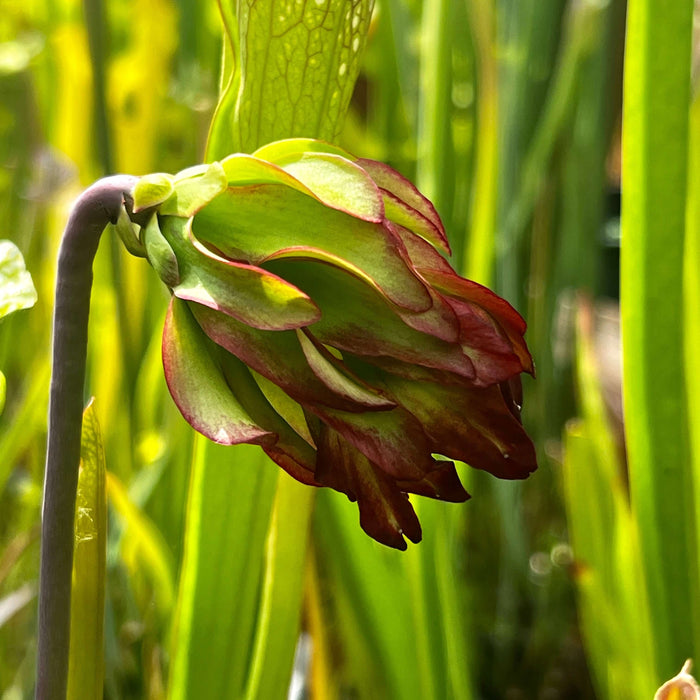
Sarracenia leucophylla 'Tarnok'
The pitcher of this species displays typical colour, size, and shape for the Sarracenia leucophylla species. The flower features an abundance of undifferentiated petals and sepals known as tepals, arranged in whorls. The tepals start as green at the base...
Read more
Supplied in a 9cm Pot
Your plant will arrive potted, in a carnivorous plant soil perfect for Sarracenia.
Seasonal Information
Sarracenia are perennial plants. Heading into Winter, they may have very few pitchers, or none at all, when purchased. Don't worry, they'll be back in the Spring!
Delivery Information
Delivery from £4.99 (mainland UK). We aim to dispatch orders within 3 working days.
 UK-grown carnivorous plants
UK-grown carnivorous plants